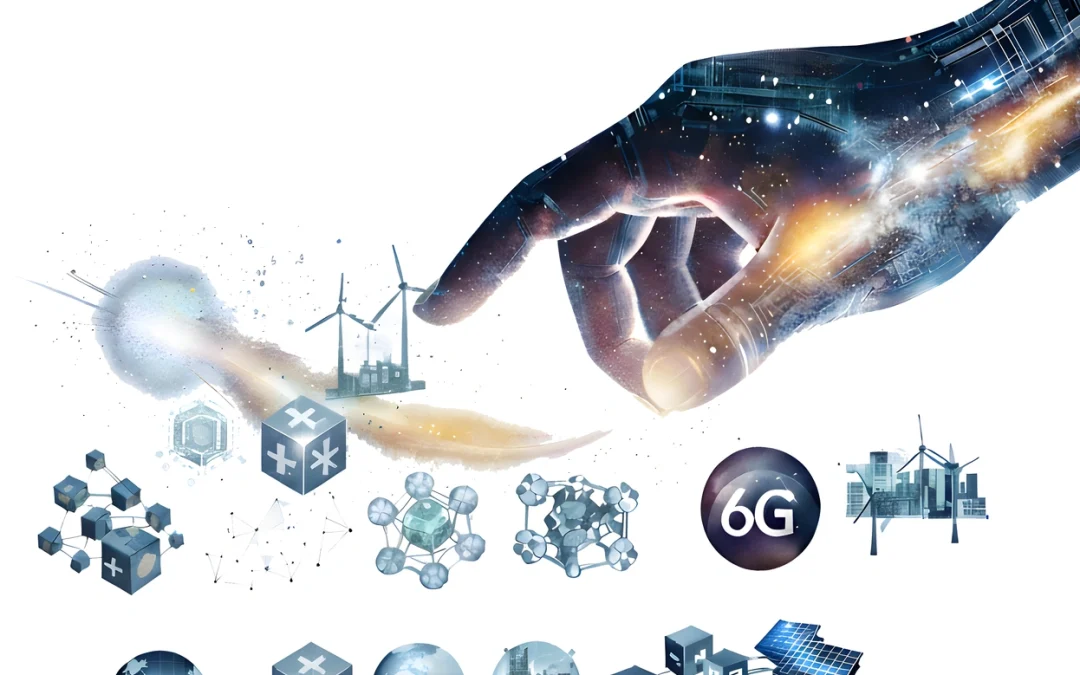Disruptive Horizons reads less like a technical manual and more like a thoughtful conversation about what everyday life might look like in the coming years. The author uses short, vivid scenes—a morning routine, a job meeting, a visit to the clinic—to show how familiar moments could be nudged by technology: smarter assistants that save time, cleaner energy quietly powering our homes, medical decisions guided by better data, and simple interfaces that make complex tools feel accessible. The charm of the book is that it makes these shifts feel plausible and immediate, not distant or fantastical.
Rather than promising radical transformations overnight, the book focuses on small, believable changes and the human choices that steer them. You read about incremental improvements—tools that help you write and create faster, batteries that stretch the day between charges, augmented overlays that make tasks easier—and the social questions they raise: who benefits, who is left behind, and how should communities shape these changes? That balance of optimism and caution keeps the narrative useful for readers who want to imagine the future responsibly.
The writing is friendly and brisk, aimed at curious readers rather than specialists. Each chapter gives you a tidy idea to remember and a few real-world examples to spark conversation. That makes the book a great pick for group reads, classrooms, or anyone who wants a grounded primer before diving into policy debates or career planning. It’s practical, not preachy—an invitation to think about how small tech-driven changes could add up in our daily lives.
If you’re after an accessible way to picture the next decade without getting lost in jargon, this book delivers. It encourages curiosity, thoughtful questions, and small, informed steps people and communities can take as those changes arrive.

